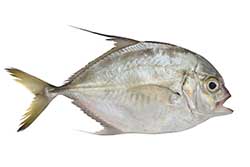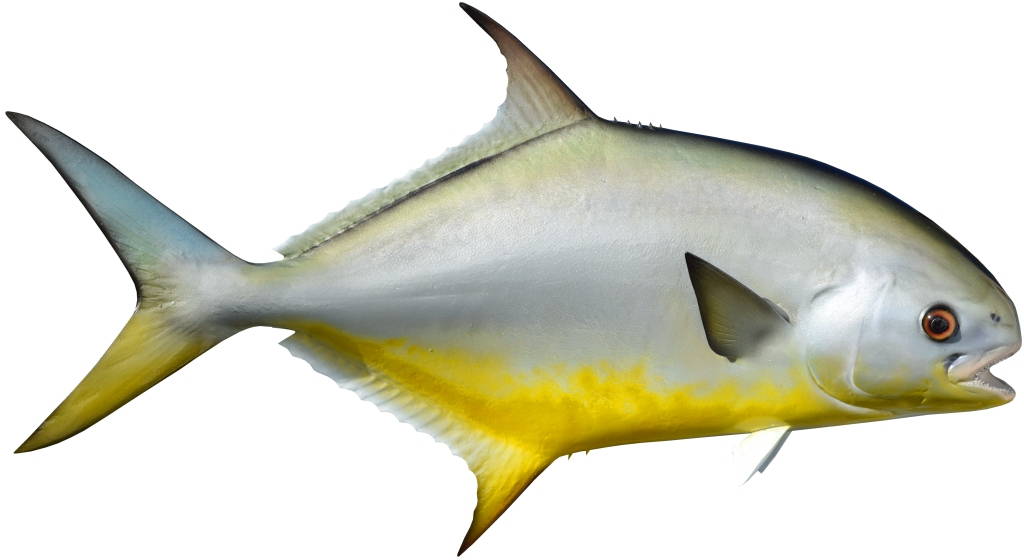

Common names for Pollock, Alaska pollock
Walleye pollock, Pacific tomcod, Pacific pollock, Alaska Pollock
Other languages for Pollock, Alaska pollock
- French name: Morue du Pacifique occidental
- Italian name: Merluzzo dell’Alaska
- German name: Pazifischer Pollack
Introduction to Pollock, Alaska pollock
Alaska pollock is a cod family member, as shown by several of its other names: bigeye cod, snow cod, and tomcod. Once regarded as cod’s lesser relative, pollock has established itself as a valuable resource, a worldwide commodity, and a popular dish (whether recognized or not) on global menus. Alaska pollock is one of the most abundant groundfish in the North Pacific, found from California to Alaska and through the Aleutians to Russia, China, and Japan. The Bering Sea, the Gulf of Alaska, and Russia’s Sea of Okhotsk provide the majority of the catch. Pollock is collected in the United States by industrial trawlers processing at sea and by catcher boats delivering to shore-based processors. Numerous businesses manufacture pollock surimi and single-frozen block goods. Alaska pollock weigh between 1/2 and 2 pounds and range in length from 12 to 20 inches. Fillets weigh between 2 and 3 ounces. In the autumn, larger fillets of 4 to 6 ounces become available.
Product profile for Pollock, Alaska pollock
Pollock is a delicate-tasting, mild-tasting fish with a gritty texture. It has a stronger flavor than cod or haddock, maybe because to the increased oil content. Alaska pollock fillets have a creamy brown hue with no bones. The lean, juicy flesh is white and firm after cooking, with a great flake. If you require a white fillet, single-frozen pollock is far preferable than twice-frozen pollock, which is frequently grayer. Pollock with a deep skin (i.e., fat line eliminated) has a whiter, more “cod-like” part.
Cooking tips for Pollock, Alaska pollock
While surimi and fried-fillet sandwiches are typical uses for this adaptable whitefish, it may also be utilized in gourmet dishes. Pollock fillets are smaller than cod fillets, yet they are an excellent replacement for cod. It should be cooked somewhat longer than cod or haddock because to the increased fat content. Herbs, spices, and mild sauces work well with pollock’s delicate flavor.
Nutrition facts for Pollock, Alaska pollock
Calories: 81 Fat Calories: 7.2 Total Fat: 0.8 g Saturated Fat: 0.2 g Cholesterol: 71 mg Sodium: 99 mg Protein: 17.2 g Omega 3: 0.4 g
Primary product forms for Pollock, Alaska pollock
Fresh: Skin-on fillets, Whole Frozen: Skin-on fillets, Whole Value added: Breaded/battered fillets
Global supply for Pollock, Alaska pollock
Japan, Korea, Russia, United States, Iran